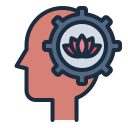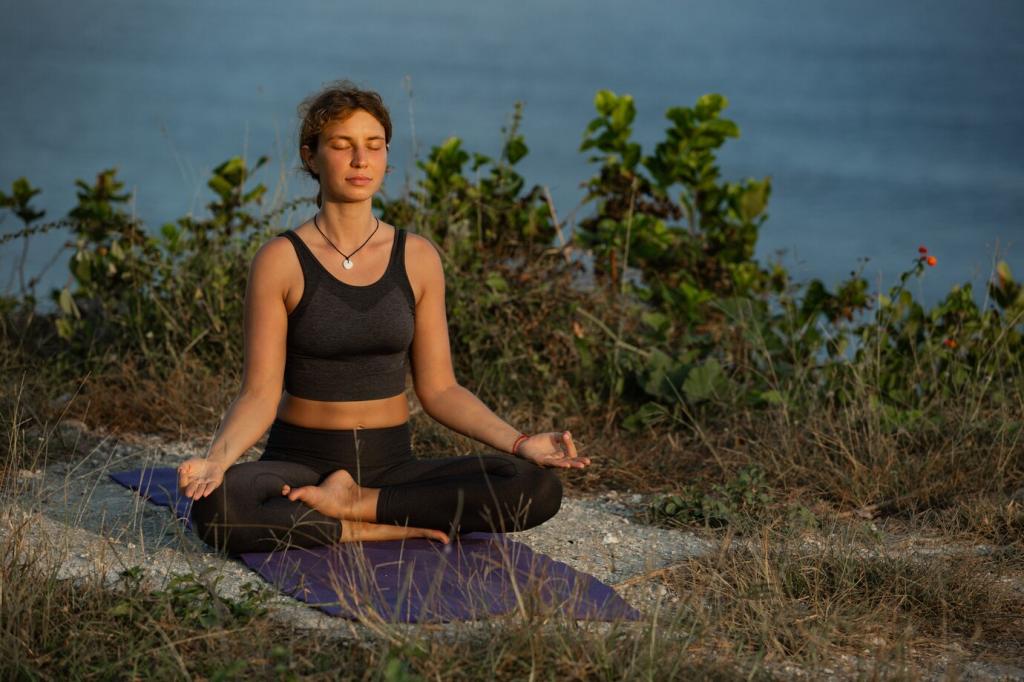
Find Your Calm: Meditation Techniques for Anxiety Reduction
Selected theme: Meditation Techniques for Anxiety Reduction. Step into a welcoming space where practical guidance, warm stories, and science-backed tools help you breathe easier, settle your thoughts, and feel safer in your own mind. Join the conversation and subscribe for weekly calm, gentle practices, and encouragement.
How Meditation Eases Anxiety: The Science in Simple Words
Your nervous system on anxiety
When anxiety spikes, your amygdala rings the alarm, breathing gets shallow, and cortisol surges. Meditation interrupts this cascade by teaching attention to rest on safe anchors, easing the sympathetic drive so your body remembers that not every tight feeling signals danger.
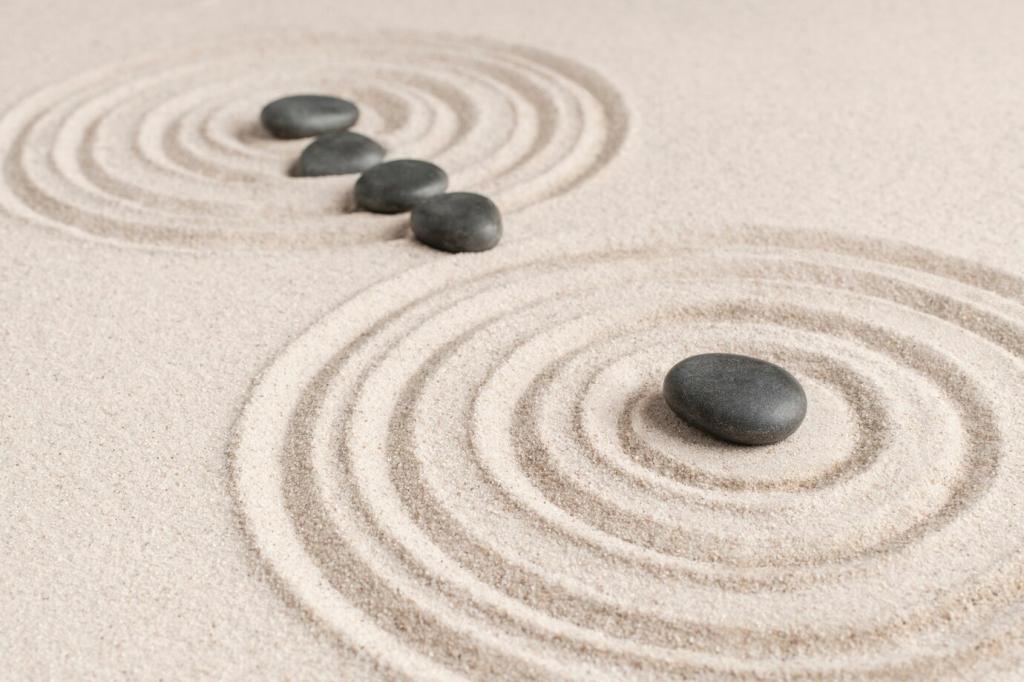
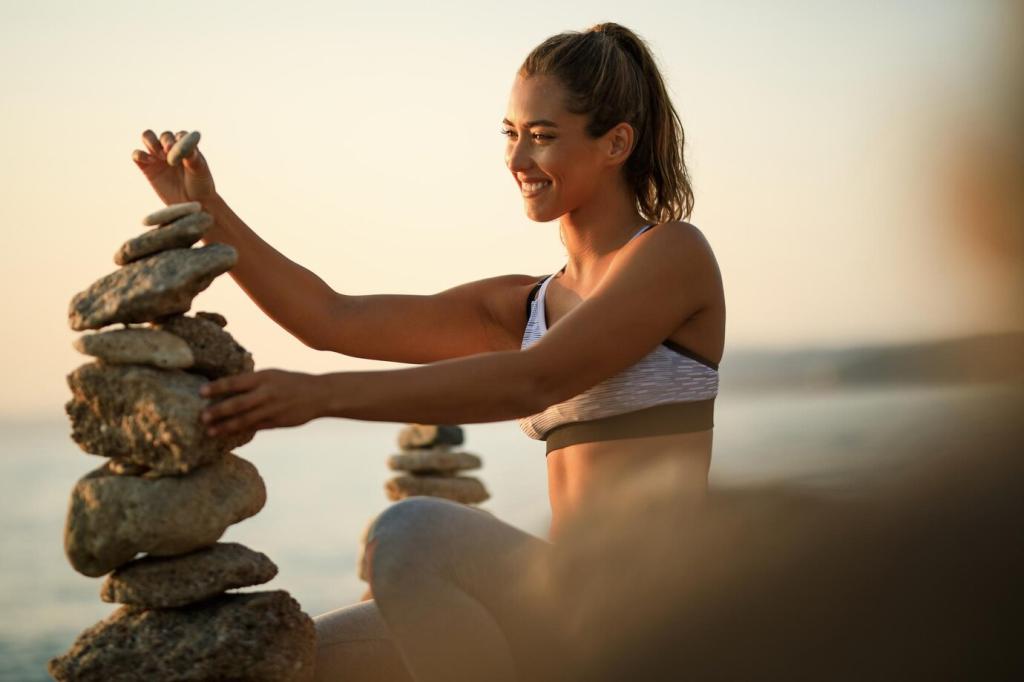
Breath as a remote control for calm
Longer exhales stimulate the vagus nerve, nudging heart rate and stress hormones toward steadier rhythms. A simple practice of gentle, rhythmic breathing signals safety to the brain, helping panic subside and restoring focus without forcing anything or pushing feelings away.
Start Here: A 5-Minute Anchor Breath Practice
01
Sit with a relaxed, upright spine, feet grounded, and shoulders easy. Soften the jaw, rest your hands on thighs, and let your gaze settle. If it feels safe, close your eyes; otherwise, gently lower them and choose a still point on the floor.
02
Inhale slowly for a count of four, exhale for a count of six. Keep the breath comfortable, never forced. When your mind wanders, smile inwardly and return to counting. Let the exhale length reassure your body, as if saying, you are safe here, for now.
03
After five minutes, place a hand on your chest and note one word describing how you feel. Thank yourself for showing up, even briefly. Share your one-word check-in below, and subscribe if you want fresh, short practices that fit real, messy schedules.
Anxiety thrives on future-thinking and mental rehearsals. A body scan brings you back to sensations—weight, warmth, contact with the chair—information that is current and trustworthy. This redirects mental energy, loosens rumination, and teaches your nervous system that sensation can be safe to feel.
Body Scan Grounding: Befriend Sensation, Soften Worry
Begin at the toes and move upward: feet, calves, knees, thighs, hips, belly, chest, hands, arms, shoulders, neck, scalp. Notice temperature, pressure, tingling, or numbness. Breathe into each region, allowing ten percent more softness. If discomfort appears, acknowledge it kindly and continue scanning.
Body Scan Grounding: Befriend Sensation, Soften Worry

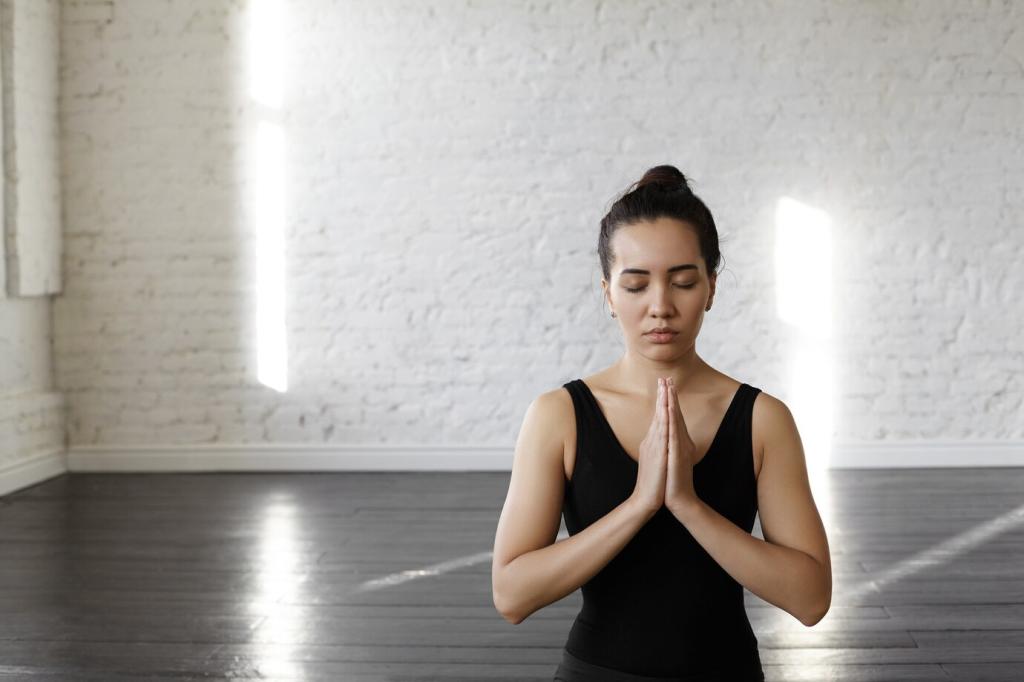
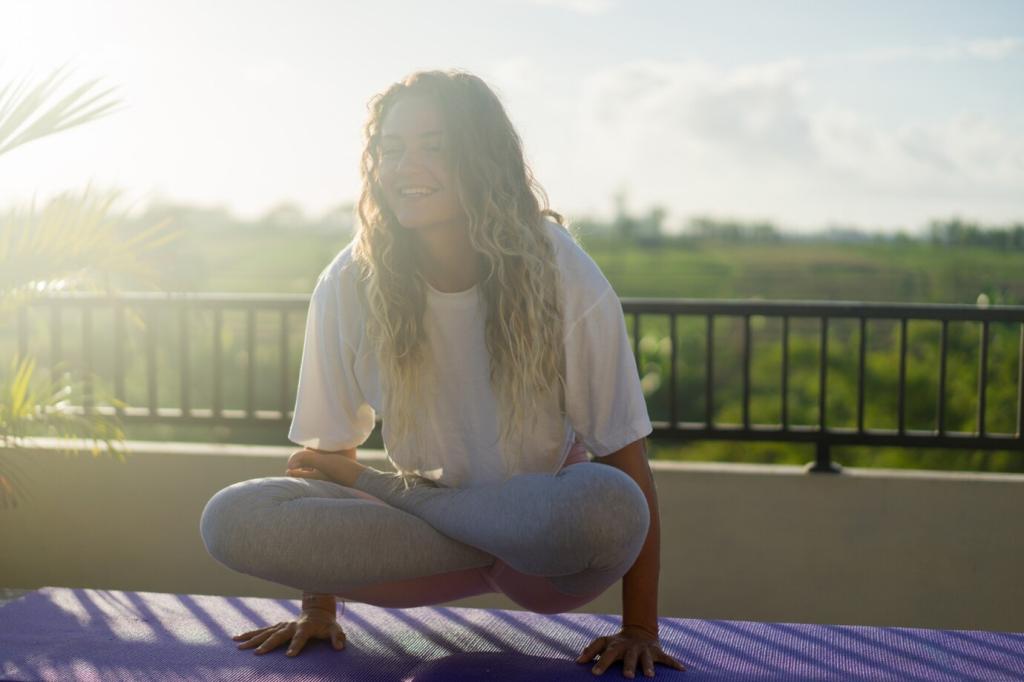
Guided Imagery: Building a Safe Inner Place
Choose a scene that feels nourishing—a quiet beach, a forest path, a sunlit room. Picture textures, colors, and the quality of light. Add a supportive presence if you like: a wise mentor, a kind friend, or your future self, calm and steady.
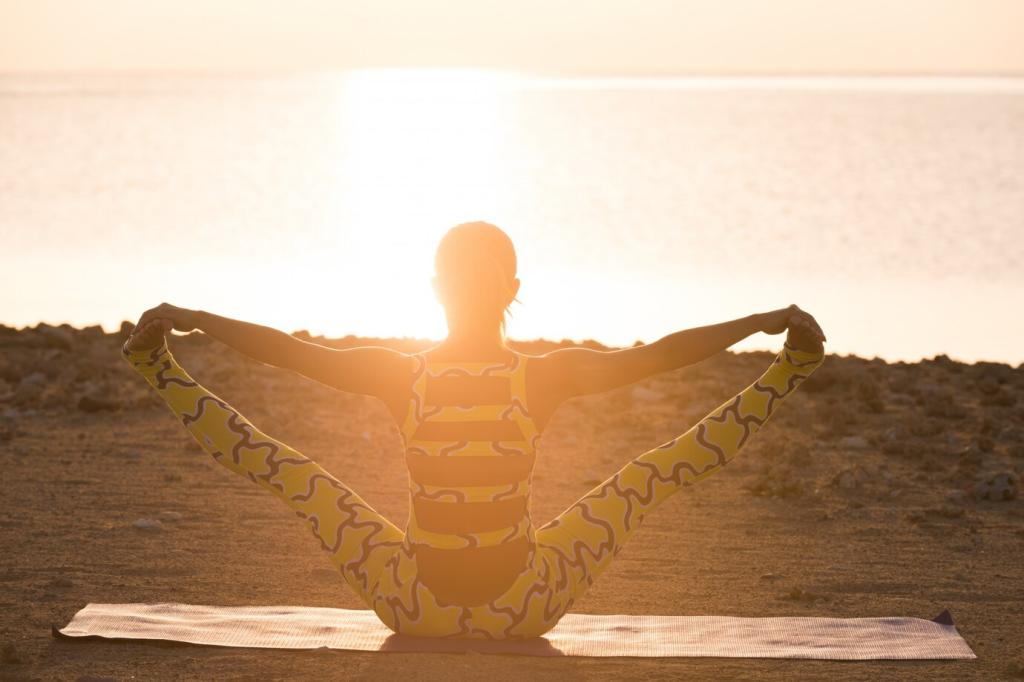
Loving-Kindness (Metta) for Tight Chests and Busy Minds
Why warmth calms the alarm
Self-judgment fuels anxiety. Loving-kindness activates caregiving systems that counter threat responses, helping the body loosen its defensive grip. Even a minute of friendly phrases can ease the chest and belly. It is not coddling; it is strategic nervous-system care.
Phrases to soften the edge
Try: May I feel safe. May I be kind to myself. May I trust this breath. Repeat slowly on the exhale, hand over heart if it helps. Let the words be gentle rather than perfect, like warm tea for the nervous system.
Extending kindness outward
When you feel a bit steadier, offer the phrases to a friend, then a neutral person, and finally someone difficult. This widens your window of tolerance and can reduce social anxiety. Tell us who you practiced with today and what surprised you.
Make It Stick: Habit Strategies for Sustainable Calm
Attach practice to daily anchors: brush teeth, then two minutes of breath; boil water, then a minute of body scan. Keep the bar low and consistent. Small, repeatable wins calm anxiety better than occasional heroic sessions that exhaust your willpower.
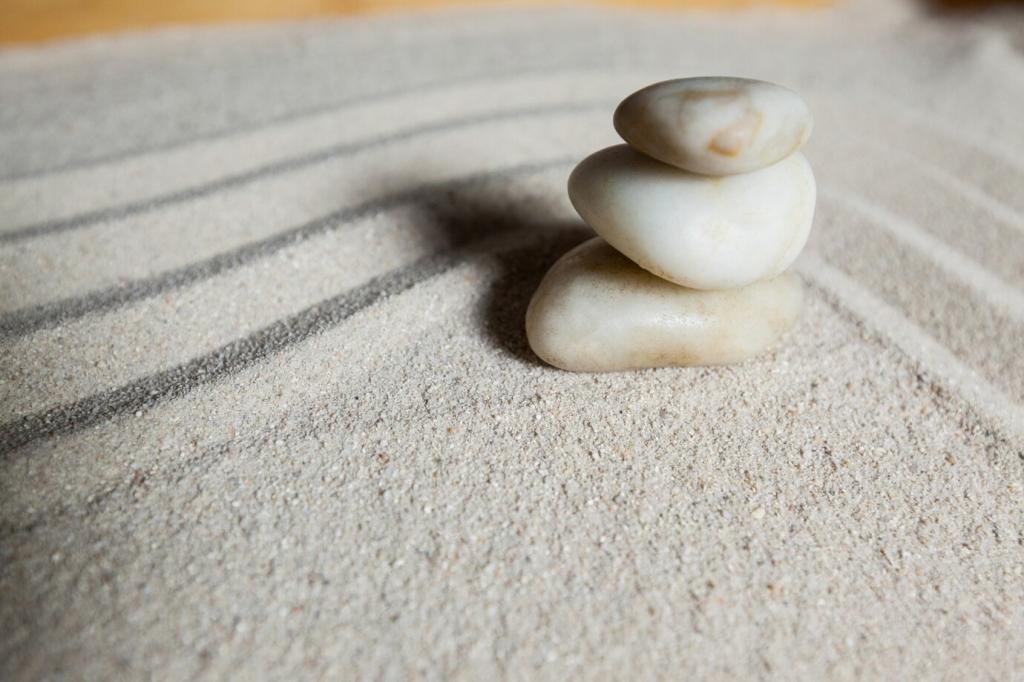
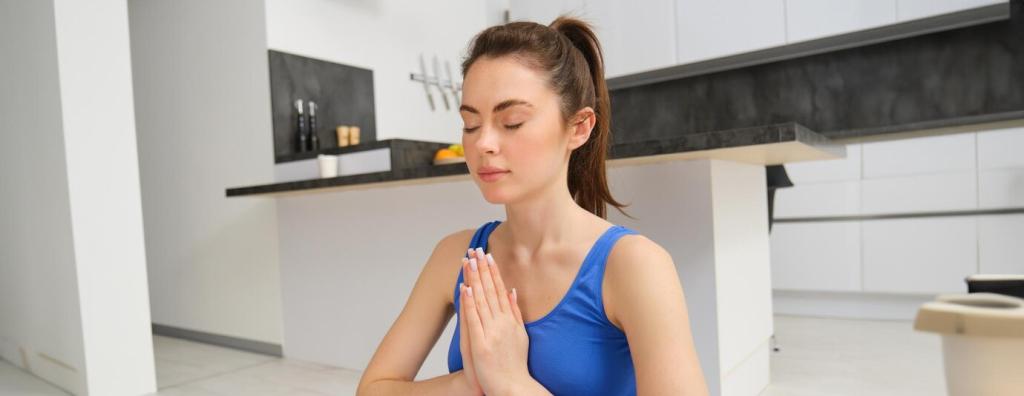
Make It Stick: Habit Strategies for Sustainable Calm
Use a simple journal: date, practice length, one feeling word, and a one-to-ten anxiety rating before and after. Celebrate micro-shifts. Patterns emerge within weeks, showing which techniques steady you fastest when worry rises unexpectedly.
